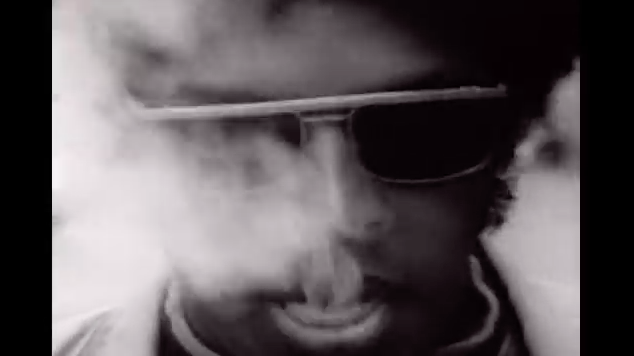
Last week, I got taken in by an internet hoax, or what must now be referred to as “fake news”.
This is not ideal, clearly. For starters, I’ve been writing about “alternative news” since before it was popular or profitable. Meanwhile, this website prides itself on a high level of scepticism.
But these things happen. The “fake news” in this case was a hoax video, referred to as “The Dope Man” purporting to be an advert put together for an aborted election run by Donald Trump’s father in 1969. The film showed a young black man walking the streets of New York city, while a voiceover suggested he was a drug dealer and would be coming to your nice, white neighbourhood soon.
In hindsight, the clip was too good to be true. Its apparent racism was pitched perfectly – blatant enough for those who wanted to see it, while understated enough to be believable as a post civil-rights movement dog-whistle advert. It helped that the subject of the racism – the “Dope Man” the voiceover warned about, looked quite cool. The viewer (well, me) wanted to be on his side against the bad racists. The clip may not have been real, but it felt authentic, and made me feel better.
These are the fundamental attributes of any alternative or fake news stories. They make me feel a) clever, and b) comforted. Stories on the Canary make readers believe that Jeremy Corbyn is inches away from delivering an alternative, socialist-or-something, and that negative reports about him are cooked up by a media and political class that is terrified of the truth. Stories on Russia Today confirm that all western governments are corrupt and discredited.
Alternative news must never, ever be counterintuitive. It is always affirmative of one’s existing view, frequently pushing an existing prejudice to an extreme conclusion. A recent issue of Private Eye details how rumours about the late Ted Heath’s sexuality went from homosexual to paedophile, to Satanic ritual abuser.
The “pizzagate” story similarly played on existing beliefs that Hillary Clinton was overly secretive into a vast paedophile ring, run, for reasons unclear, from a popular pizza restaurant.
This is the extreme end of things, but the appeal is clear: your hunch was right. If anything, you were too reserved in your judgement.
A recent Storyville documentary on 90s literary hoaxster JT Leroy illustrated how much hoaxes depend on self affirmation: JT’s books, apparently the work of a deprived, genderfluid, abused teen, were perfect for the mid-90s, post Kurt Cobain, zeitgeist: the world wanted JT Leroy to exist. He didn’t. The books and JT himself were the work of a woman called Laura Albert.
But as the hoax unravelled, many of the pop culture figures who had hitched themselves to the JT Leroy bandwagon refused to let go. Their affiliation with the edgy, vital, authentic JT Leroy was proof of their own edgy, vital authenticity.
What is perhaps most interesting about the JT Leroy phenomenon is that since Albert was unmasked, there has been no great rush to defend the books as literature in and of themselves: does the hoax render the books invalid as literature? Does Albert’s lie outweigh the work? Do the books contain no greater “truth”?
David Shields' 2010 work Reality Hunger asks us what we mean when we talk about authenticity, or even truth, through a dizzying sampling of myriad different texts, questioning our ideas of ownership, authorship and authenticity. Among the quotes sampled by Shields is this, apparently from from Pablo Picasso: “Art is not truth. Art is a lie that makes us realise truth.”
The creators of the “Dope Man” Fred Trump video, an anonymous collective called Historical Paroxysm, say their mission is to curate “found footage from alternate realities”. So is their work real, but not necessarily true, or the other way round? And in Picasso’s maxim, is the truth an objective one, or something we feel subjectively?
These are all questions worth asking in an age when the governments of the United States and Russia are now both heavily invested in creating their own alternate realities, from Donbass to Bowling Green.
For journalists though, as ever, we must establish the facts before starting on the semantics. And that means admitting we’re as susceptible to self-affirming fakery as anyone else.